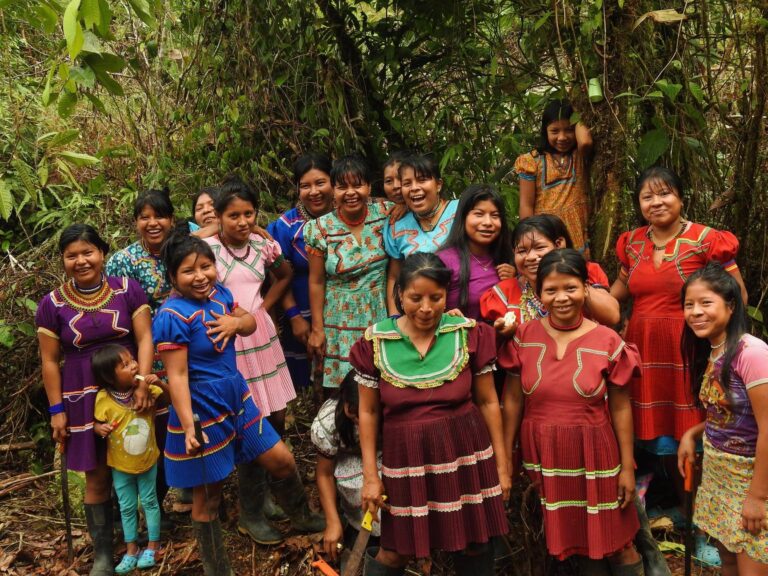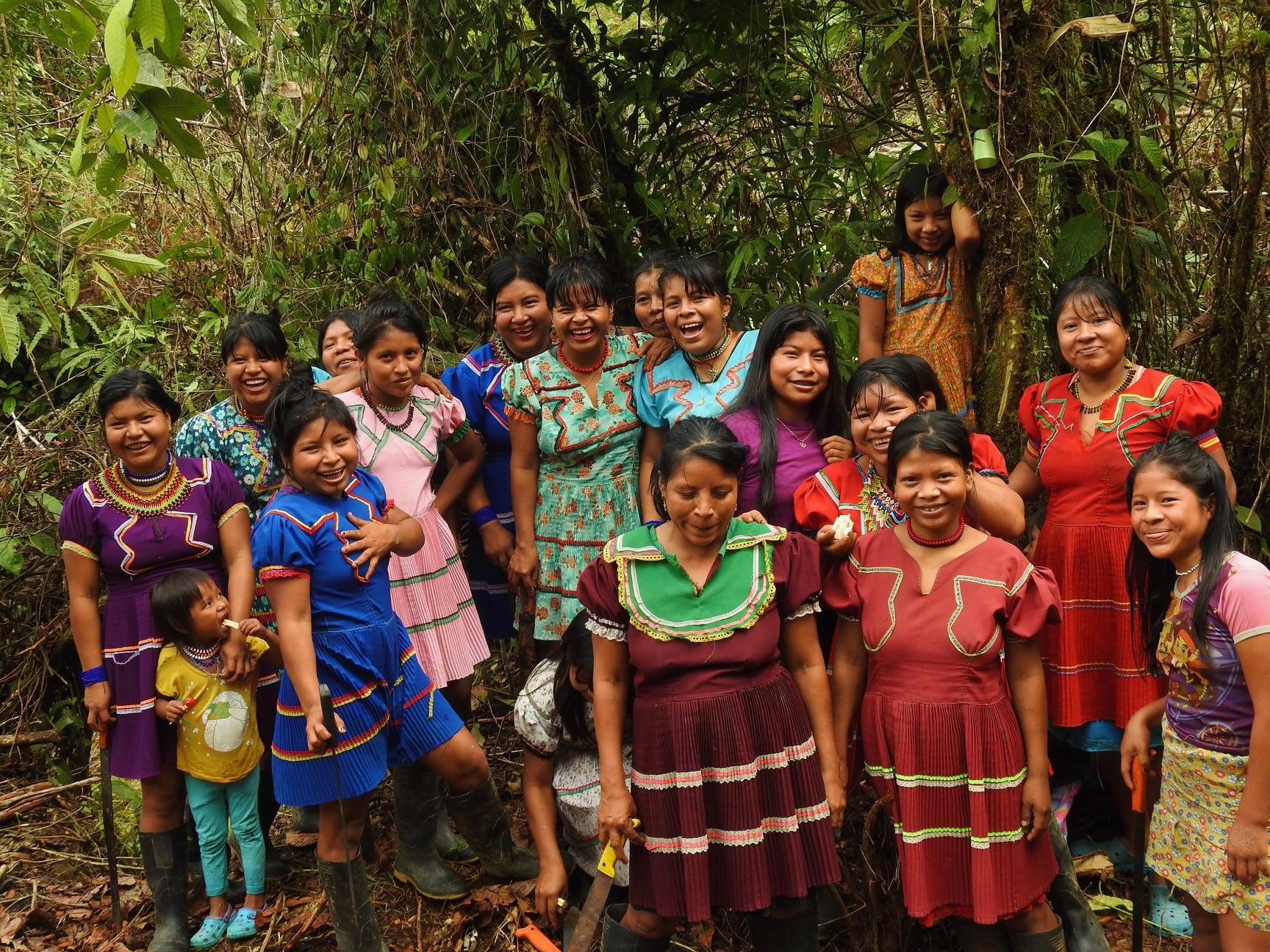
What Is Population, Health, Environment?
Population, Health, Environment (PHE) is an integrated approach to environmental conservation, family planning, and sustainable development. Population Matters campaigns to secure wider adoption of PHE by the UK government and other international NGOs. Find out more about PHE and join our campaign.
What is PHE?
PHE stands for Population, Health, Environment – it’s a development approach that recognises the interdependent links between local communities, their health, and the natural resources upon which they depend.
PHE projects focus on providing voluntary family planning information and services, environmental conservation, and education on sustainable natural resource management in a coordinated manner.
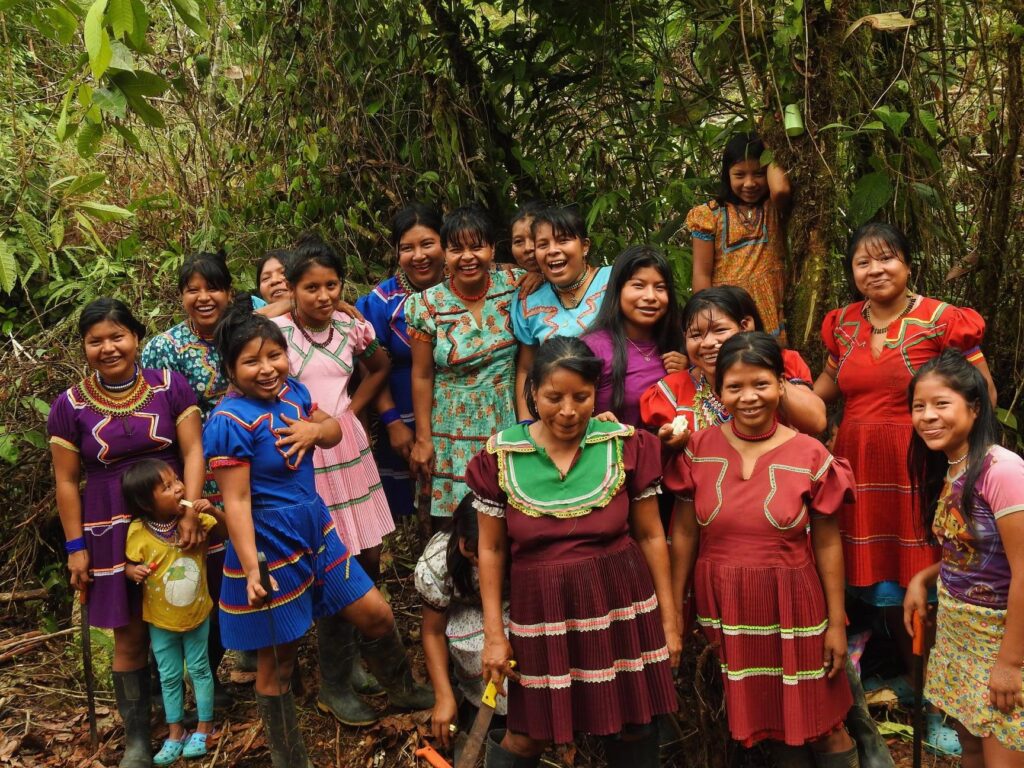
Supporting “Last-Mile” Communities
Critical areas for biodiversity tend to be bordered by rural, low-income, subsistence communities. They are often referred to as “last-mile” communities – as they are the furthest and hardest to reach with medical services, meaning these communities are unable to access modern contraceptives or family planning information.
These rural communities often depend on natural resources such as freshwater, timber, and wild plants for food and medicine. However, the exponential growth of population in these local communities can cause demand to soon outstrip supply, resulting in deforestation, water scarcity, and desertification – threatening local ecosystems with collapse and putting vulnerable communities at risk of resource scarcity.
On the ground level, the expansion of smallholdings over generations drives deforestation. Whilst overfishing and overhunting practices due to the unsustainable demand of a growing local population, leads to depleting numbers of fish and wildlife species falling below the replacement rate, resulting in ecological collapse.
Many developing countries facing the most rapid population growth also contain biodiversity hotspots, areas with exceptional species diversity at risk of significant habitat loss.
PHE projects provide a vital opportunity for conservation of critical areas for biodiversity, as well as providing local communities with an unmet need for reproductive health services.
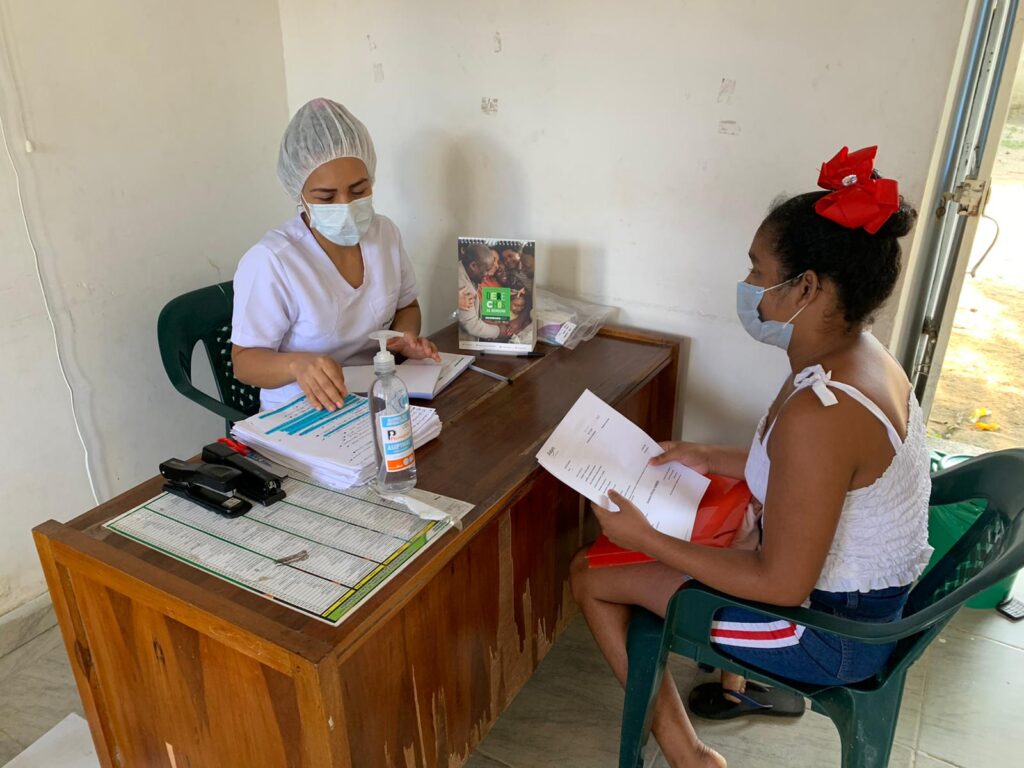
How long has PHE been around?
PHE has been around since the 1960s, when the organisation World Neighbours began integrating family planning with its environmental activities to improve food security in the Philippines and Nepal. The organisation received a positive reception from local communities following the introduction of family planning services.
Since then, various prominent organisations such as Blue Ventures Conservation, the PHE Ethiopia Consortium, and Empower to Plan partner PATH Foundation Philippines, Inc, have had great success with PHE projects.
PHE projects have been actively funded by the US International Development department (USAID) since the 1990s.
However, there has been minimal support for PHE from the UK government.
In recent years, the UK government has also reduced it’s funding of sexual and reproductive health (SRHR) services. According to the International Development Committee report on this issue, the UK government has reduced its spending on sexual and reproductive health by a third, halved its spending on family planning, and cut spending on reproductive, maternal, newborn and child health spending by 37% since 2019. This vastly hinders the work that organisations such as the United Nations Population Fund can perform, contributing to the crisis of more than 200 million women with an unmet need for safe, modern contraception.
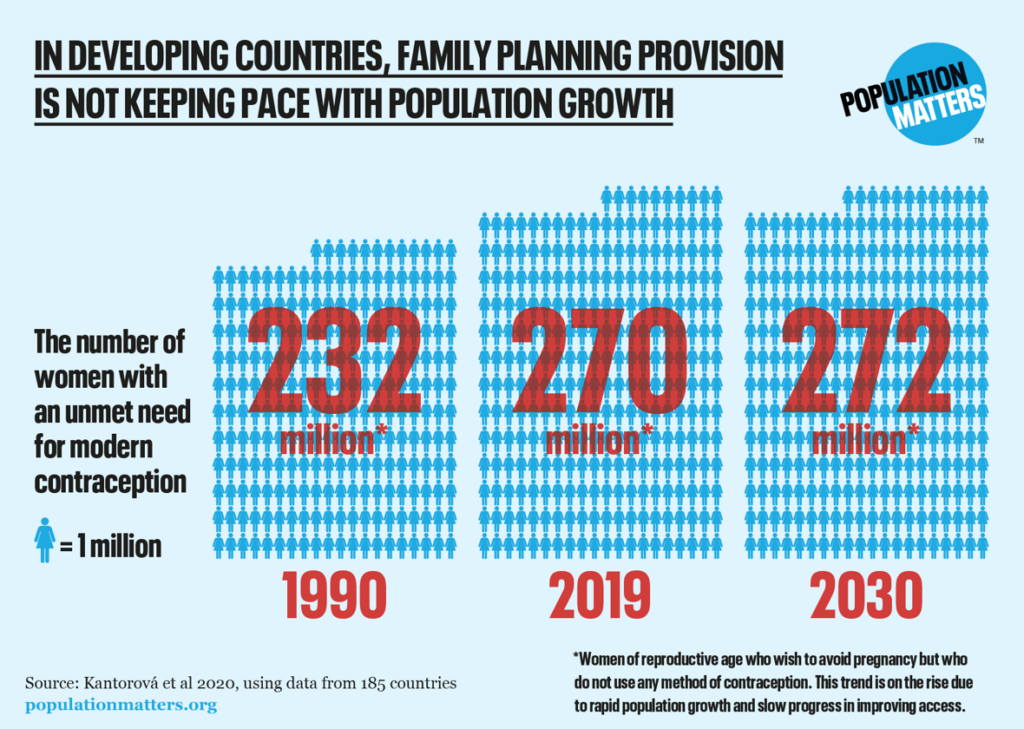
Why support PHE?
PHE approaches have multiple benefits:
- Lowering fertility rates through voluntary family planning services decreases demand for natural resources, this reduces pressure on local ecosystems allowing nature to bounce back – ensuring more effective conservation of key biodiversity areas.
- Family planning measures reduce the burden on women, allowing for more women-led conservation to take place. Some of the most successful conservation projects managed by women.
- Reduced family size or increased space between births ensures more resources are available for each individual child, which leads to better nutrition and improved health outcomes.
- PHE approaches tend to promote greater buy-in and participation from local communities.
- The World Wildlife Fund reported in multiple projects that integrating family planning and health services into their work improved locals support for their conservation efforts. Previously, the local communities believed the organisation cared more about wildlife than people. Whilst PHE projects directly benefit the local community, increasing support for integrated conservation efforts.
- In addition, PHE projects often encompass education to improve knowledge of sustainable resource management. This approach promotes greater participation from the local community into conservation efforts as they recognise the benefits of sustainable development.
- PHE projects increase male support for family planning.
- PHE Ethiopia found that 30 percent of men in PHE project sites supported the use of contraception, compared to 7 percent of men in reproductive health-only sites.
- The SPREAD project in Rwanda also reported that male beneficiaries had a “change in mentality” about family planning after it was framed in a context of sustainable development.
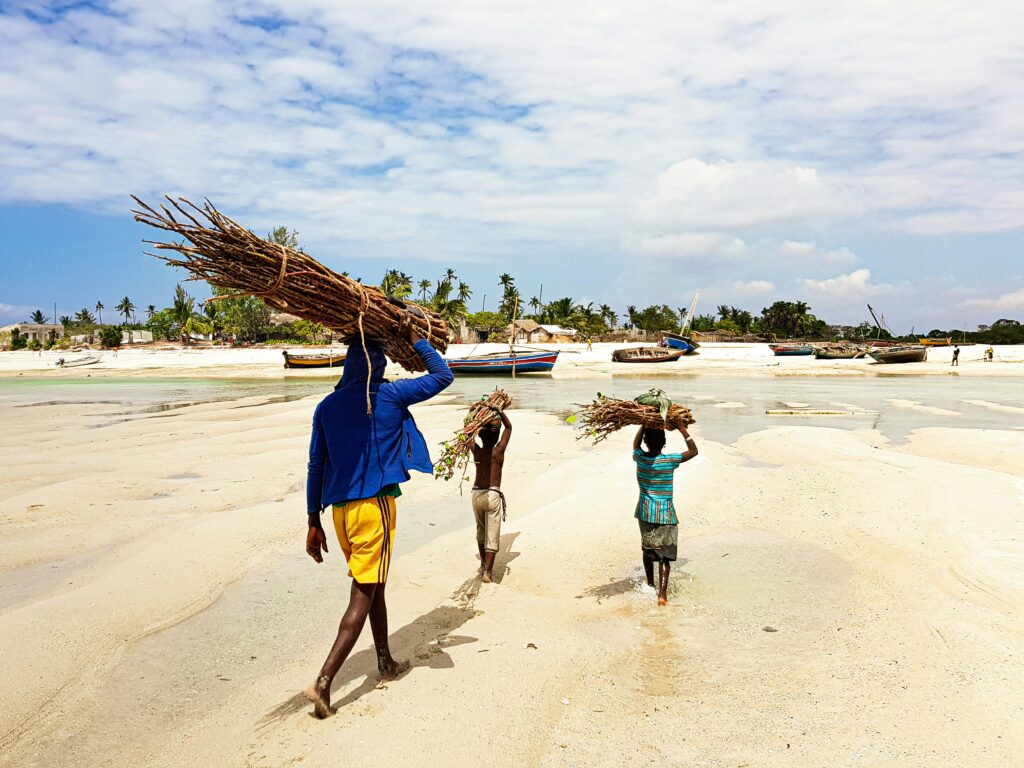
Protect Nature
The Kunming-Montreal Global Biodiversity Framework (GBF) is an international treaty signed by almost 200 countries, including the UK, with the goal to half and reverse biodiversity loss by 2030.
In supporting implementation of the Kunming-Montreal Global Biodiversity Framework, IUCN published their Global Species Action Plan to guide policymakers’ conservation strategies.
Target 14.5 of the Global Species Action Plan states a specific action directed at governments and NGOs: Ensure removal of barriers to rights-based voluntary family planning.
A clear call to action for governments and NGOs to incorporate funding for PHE projects into their biodiversity conservation strategies.
The UK government has announced measures to support the Global Biodiversity Framework. However, there is one effective solution that the UK government has neglected to include in any of its policies to prevent or reverse biodiversity loss – the inclusion of Population Health Environment (PHE) projects.
An effective solution to resolve the current shortfall in SRHR funding and for the UK to achieve its aims under the Global Biodiversity Framework to half and reverse biodiversity loss is to fund PHE projects.

promote phe
Population Matter’s campaign urges the UK government to promote and fund PHE projects in its future policies to reverse biodiversity loss.
We would greatly appreciate your support in promoting PHE, join our campaign here.

